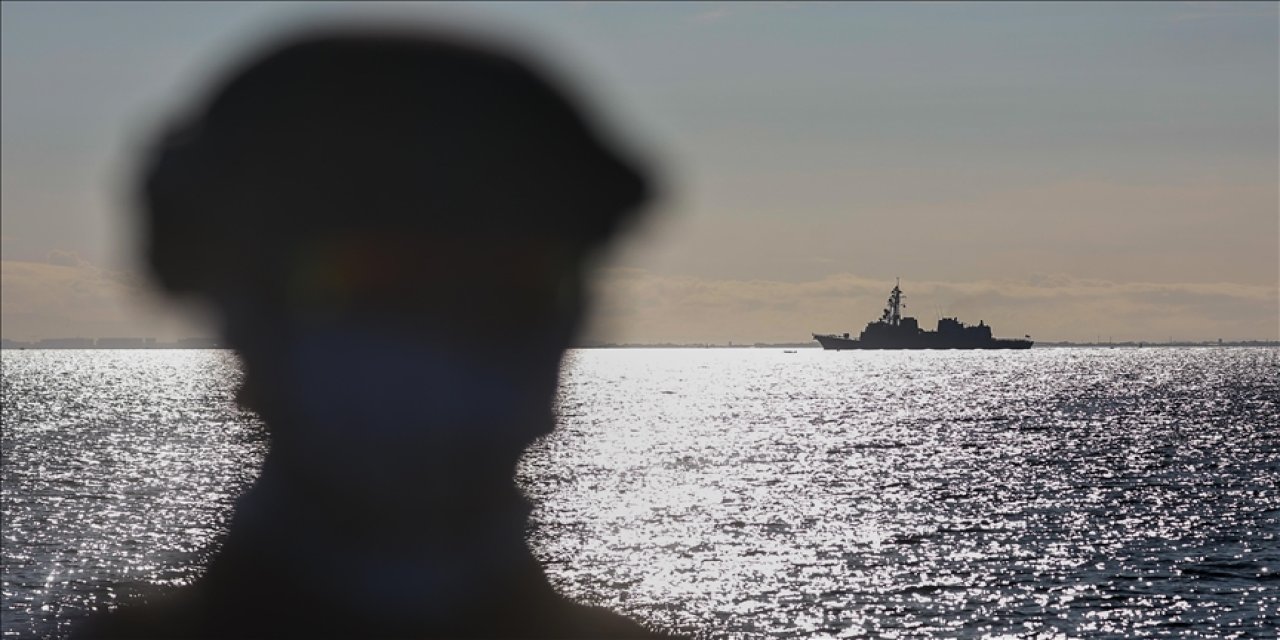
Iceland's Reykjanes Peninsula sees 6th volcanic eruption since December
Scientists warn ongoing volcanic activity could last decades or centuries
By Merve Berker
Iceland's Reykjanes Peninsula has seen its sixth volcanic eruption since December 2023, with lava spewing from a new fissure as seismic activity continues, according to press reports on Friday.
In southwest Iceland, the Reykjanes Peninsula experienced the eruption late Thursday night, following a series of earthquakes, the largest recorded at a magnitude of 4.
The eruption began at 9:26 p.m. local time, with lava bursting from a fissure that initially measured 1.4 kilometers (nearly 0.9 miles) but quickly extended to 3.9 kilometers (over 2.42 miles) within 40 minutes, according to the Icelandic Meteorological Office (IMO), as reported by the Guardian.
Despite the ongoing volcanic activity, flights to and from Iceland continue to operate normally, according to Isavia, the country’s national airport and air navigation service provider.
The Reykjanes Peninsula, home to nearly 8% of Iceland’s population, has faced repeated volcanic activity since 2021 due to the reactivation of dormant geological systems after 800 years. Scientists have warned that this region could experience continuous eruptions for decades or even centuries.
To protect critical infrastructure, including the Svartsengi power plant and the Blue Lagoon spa, authorities have constructed barriers to redirect lava flows. However, the recent eruption has not posed an immediate threat to the nearby fishing village of Grindavik, where most of the 4,000 residents evacuated in November following earlier eruptions.
Magnus Tumi Gudmundsson, a professor of geophysics at the University of Iceland, told the Guardian that the current eruption shows less activity near Grindavik compared to previous events, offering some relief to residents. However, he emphasized the need for continued monitoring as the situation evolves.
The IMO had previously warned of the likelihood of another eruption, pointing to signs of magma accumulation under Svartsengi, where the local power plant supplies electricity and water to about 30,000 people on the peninsula. The plant has been largely evacuated and is being operated remotely due to the ongoing volcanic threats.
Iceland, located atop the Mid-Atlantic Ridge where the Eurasian and North American tectonic plates meet, is home to 33 active volcano systems—the highest number in Europe. The current wave of eruptions on the Reykjanes Peninsula underscores the persistent geological volatility in this region, posing challenges for the island nation of nearly 400,000 people.
Kaynak:![]()
This news has been read 651 times in total









Türkçe karakter kullanılmayan ve büyük harflerle yazılmış yorumlar onaylanmamaktadır.